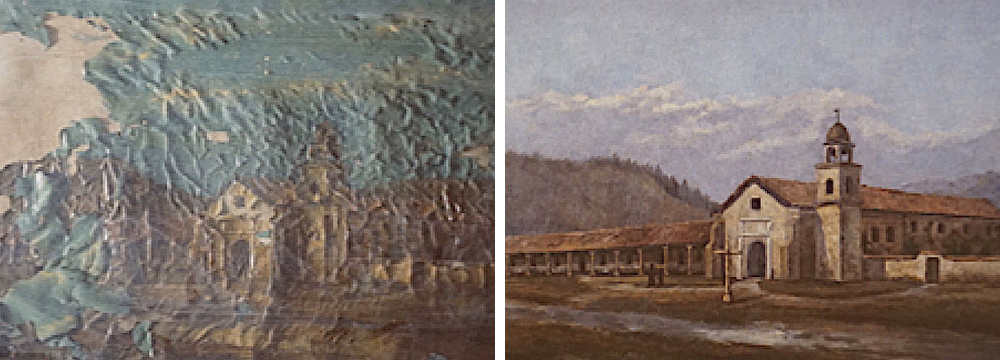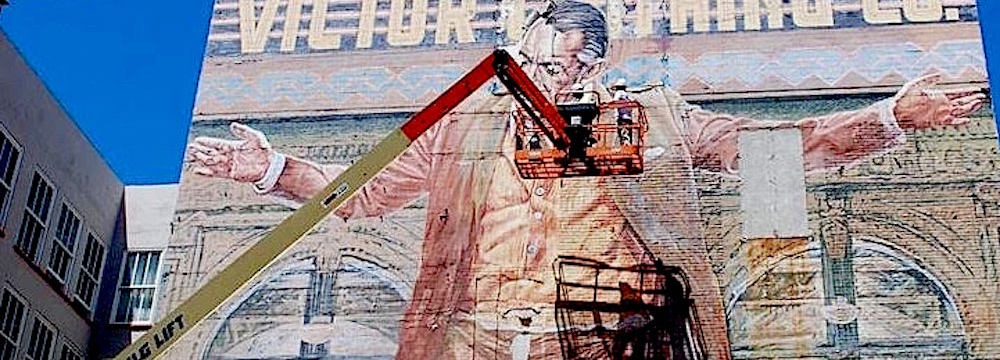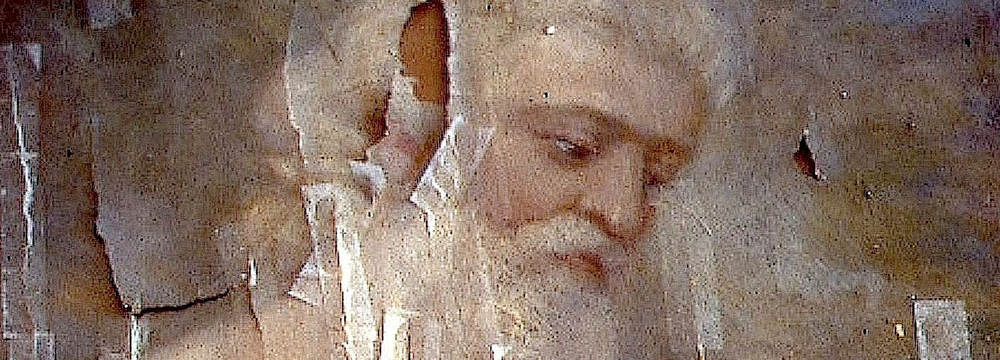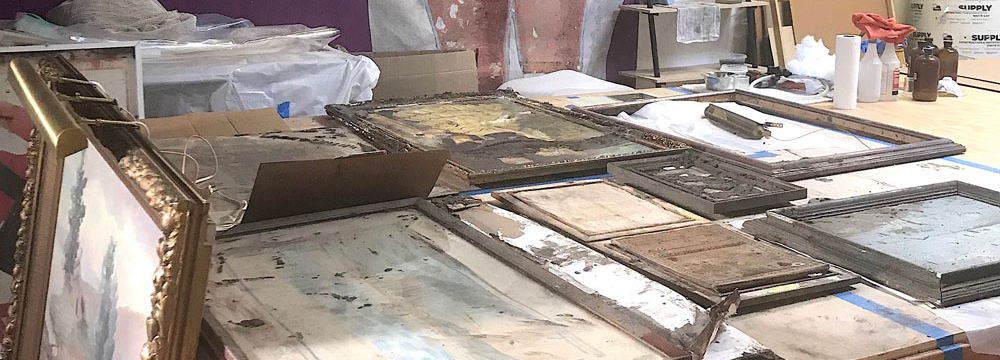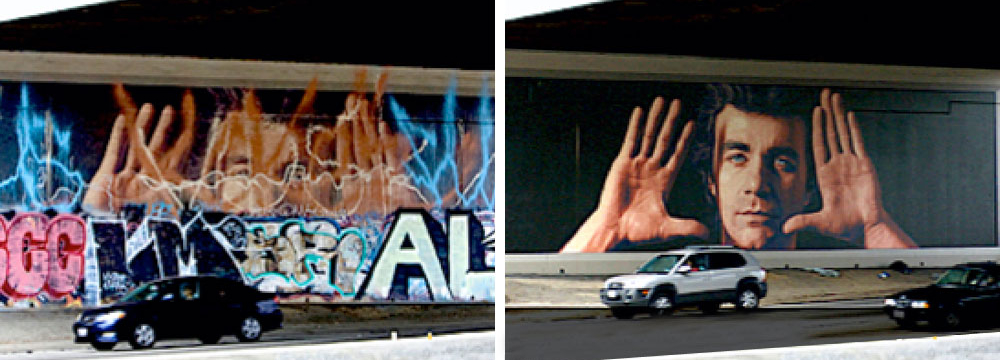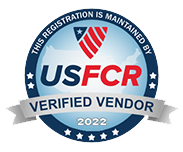This article was syndicated for USA national redistribution. What does it mean that this article is “syndicated”? See end of this article.
INTRODUCTION — WHEN WATER DAMAGE THREATENS FAMILY HISTORY
When water-damaged artwork or treasured family heirlooms get soaked, stained, warped, or moldy, Los Angeles area homeowners often search for reliable help to save damaged artwork, restore heirlooms, and protect their family history. Either right away, after the damage or later… its important to get help even if items have dried out for awhile.
But remember, saving water-damaged artwork quickly prevents mold growth, staining, and distortion that can worsen within hours.
When water damage strikes – after people, pets, and the structure are safe – the real heartbreak begins when families discover that treasured collectibles or keepsakes have been damaged. You don’t need a major natural disaster to hit your neighborhood… sometimes this happens in surprising ways — even as simply as leaving a box of family memorabilia on the driveway during a move in, that gets hit after by the sprinkler… or maybe an unexpected downpour.

Caption: Left on the driveway during a move and then hit later with the sprinkler.
These objects hold memories. They represent the people, places, and stories that define a family. Fine Art Conservation Laboratories helps to bring hope, relief, clarity of colors, and professional guidance for insurance issues — while preserving the artwork and the emotional history it carries.
How to Save Water-Damaged Artwork and Family Heirlooms
Water damage affects artwork differently depending on:
• Whether it was framed or unframed
• Whether it was in storage or on display
• What materials it was made of (canvas, paper, panel, mixed media)
• How long it stayed wet
• The type of water exposure (clean water, dirty water, sprinkler, flood, leak)
• Environmental conditions during and after the incident
If you’d like to talk to someone knowledgeable and expert, contact us to discuss your questions on saving and preserving any water damaged art or historically related items.📧
Email: FACLOfficeManager@gmail.com
📞 Phone: 805 564 3438
Also see: SaveYourStuff.com
TO DO TIPS — EMERGENCY CHECKLIST for Art & Family History Items – Here are the first steps to take when artwork or heirlooms get wet.
DO:
• Move artwork out of wet areas (if safe). Be hyper careful — wet items may fall apart!
• Keep artwork flat — never hung while wet.
• Increase airflow (fans in the room, not pointed directly at the art).
• Separate artworks so moisture cannot transfer.
• Call a professional conservator promptly.
DO NOT:
• Do not use a hair dryer, heater, or direct sunlight.
• Do not attempt to wipe or clean the artwork (attempts rarely improve a mark and often cause further damage).
• Do not soak, rinse, or use chemicals.
• Do not remove artwork from a frame if it resists.
• Do not press down warped or buckled areas.
-
Attempting do it yourself fixes on wet or damaged items — even gentle ones — can cause irreversible damage.
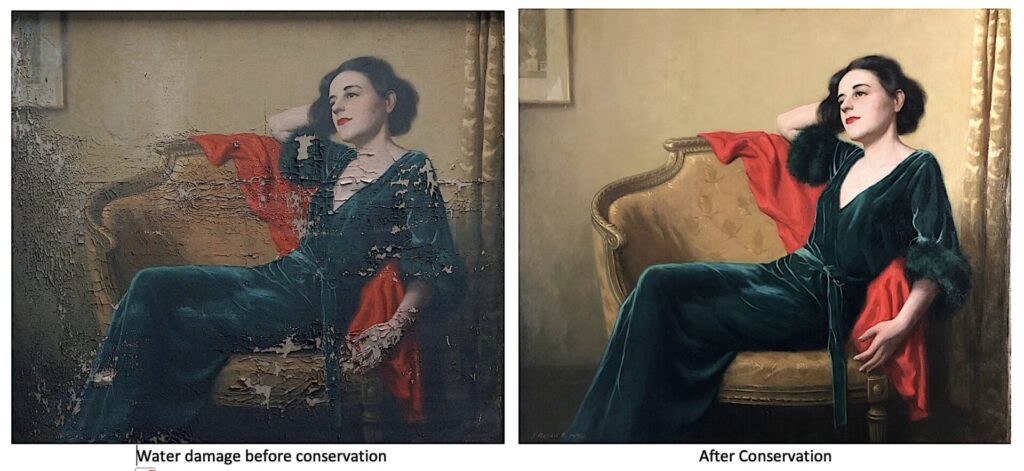
Water Damage on an oil painting portrait before art preservation and restoration treatments and after treatments
HOW FACL SAVES WATER DAMAGED ART
Our professional art conservation assistance is frequently requested by people looking for mold on painting treatment, flood damaged art repair, and professional art restoration after leaks. Our conservation treatments respect both the artwork and its emotional significance.
— Examination & Documentation
We evaluate all damage using magnification, UV, raking light, and scientific testing.
— Stabilization
We prevent additional paint loss, mold spread, distortion, or contamination.
— Controlled Drying
Using specialized techniques, we gently and evenly dry artworks to minimize warping. Sometimes we force dry specific items to prevent distortions or mold growth.
— Cleaning
We remove water marks, contaminants, tide lines, and residues using tailored cleaning systems.
— Structural Repairs
Includes addressing canvas distortions, panel warping, compromised stretchers, weakened supports, and failing adhesives.
— Inpainting (Only Where Needed)
Missing or damaged paint is carefully matched and restored — never overpainted.
— Protective Conservation
Conservation quality varnishes restore clarity of colors, depth of field in the composition, and long term protection.
Every step follows international conservation ethics and reversibility standards.
VIDEO TESTIMONIAL — A FAMILY HEIRLOOM SAVED
INSURANCE, CLAIMS & DISASTER RESPONSE
We frequently work with:
• Insurance adjusters from insurance companies and independent adjusters
• individual owners
• Restoration contractors
• Emergency services teams
We can:
• Document damage for insurance claims (we come to your location)
• Provide professional condition reports with options and estimates
• Pick up and deliver items when needed
• Undertake conservation treatments and stabilization
• Offer temporary storage during home repairs or renovations
We do not:
• Appraise value
• Buy or sell art
• Insure your items (they remain on your policy)
Homeowners never need to navigate the claims process alone.
HOW TO GET HELP
If your artwork or family heirlooms have suffered water damage, don’t wait. Damage can worsen in hours — not weeks.
Fine Art Conservation Laboratories (FACL) — trusted for art restoration in the Los Angeles area, water damaged painting repair, and emergency art conservation services.
Trusted by homeowners, museums, cities, and public agencies.
📞 Call: (805) 564 3438
🌐 Visit: Our capabilities
📩 Email: FACLOfficeManager@gmail.com

Scott M. Haskins and Virginia Panizzon Veteran Art Conservators at Fine Art Conservation Laboratories.
FAQ — WATER DAMAGED ART & HEIRLOOMS
1. Can water damaged artwork be saved?
Yes. Most water damaged paintings, prints, documents, and heirlooms can be stabilized and restored by a trained art conservator.
2. How quickly does mold begin to grow on artwork?
Mold can begin forming on wet or damp art within 4–48 hours, especially in warm humid environments.
3. Should I try to force-dry the artwork myself?
No. DIY drying can cause permanent warping, paint loss, or structural failure.
4. Does homeowners insurance cover water damaged art?
Often yes — especially if the damage resulted from a sudden or accidental leak. Some insurance companies require a ryder for water damage. FACL can provide documentation insurers require.
5. What if the artwork was damaged during a move?
Commercially shipped items often sit in warehouses, on docks, in containers where they get wet. Also, handling is often not careful and forklifts for heavy items often damage shipping crates. Accidents in storage containers and units are common. Once again, check both your home owner’s policy and the shipper’s insurance policy. Conservation treatments can often recover the piece when the insurance company declares the item a “total loss.”
5. Can you pick up the damaged items?
Yes. FACL provides pickup, delivery, and professional storage if you are in our regular service areas. Call us to discuss 805 564 3438
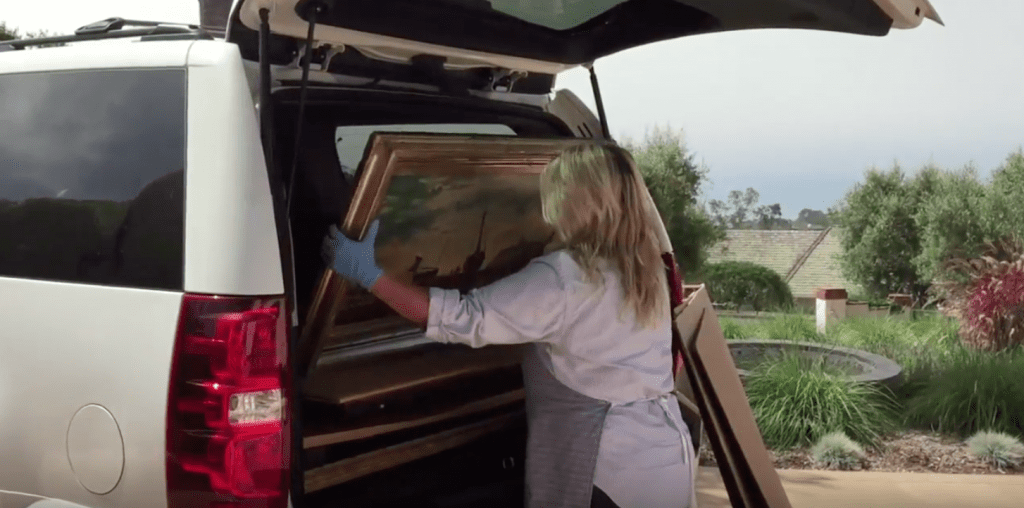
No one but fully trained professionals touch the artwork
WHY HOMEOWNERS TRUST FACL
You deserve a team with proven expertise — not guesswork.
Fine Art Conservation Laboratories has been entrusted with some of the most complex water damage conservation projects in the Western United States, including:
✔ 6,600 sq. ft. of water damaged murals — Los Angeles Produce Murals
✔ 350+ homeowner claims — Montecito mudslides & Woolsey Fire
✔ A nationally acclaimed (water-logged) mural in Houston, Texas
✔ Municipal, museum, and institutional emergency conservation
✔ Scott M. Haskins is an internationally renowned, award winning author of the Save Your Stuff series of books for home preservation and disaster response for art.
Whether the artwork is one square foot or six thousand, homeowners receive the same museum quality care.
We are waiting for your call to discuss your concerns and questions!
FACLOfficeManager@gmail.com
805 564 3437
Scott M. Haskins, Art Conservator
Virginia Panizzon, Art Conservator
Gena Dillon, Business Manager
Lindsey Geier, Office Manager
Syndication

“Your blog post has been syndicated at ExpertClick.com”
Its a bit of a coup to get an article syndicated, and its certainly prestigious, as additional “proof” that the info and the author are considered far and wide authoritative and an expert in the field. This article was syndicated for USA national redistribution. What does it mean that this article is “syndicated”?
When something is published, usually by a news source, and is made available through different venues for redistribution then it is said to be syndicated. Publications that are syndicated are usually considered of value as being from an expert, educational, new worthy or valuable for wide popular interest. See syndication page at the renowned publicity site: https://www.expertclick.com
This website’s syndication included:
1) Included in the ExpertClick Press Room as a ‘press release.’ (different than a ‘news release’)
2) Included in the ‘Speaker Bureau Platform Page.’
3) Shown on the front page of ExpertClick, in rotation with other most recent posts.
4) Shown in the ‘News Release Results page.’
5) Included on optimized for searches on all my topics of expertise.
6) Shown via RSS linked from the Press Room. (A specific way news is actively distributed within the industry)
7) Shown in the full RSS feed from ExpertCick. (Another, different specific way news is actively distributed within the industry)
8) Syndicated to LexisNexis.com As of 2006, the company had the world’s largest electronic database for legal and public-records related information, distributor of academic content and expert opinion.

